2 newbies starting a garden in Spanish Fork
jeffcinsf
15 years ago
Related Stories

FARM YOUR YARD6 Things to Know Before You Start Growing Your Own Food
It takes time and practice, but growing edibles in the suburbs or city is possible with smart prep and patience
Full Story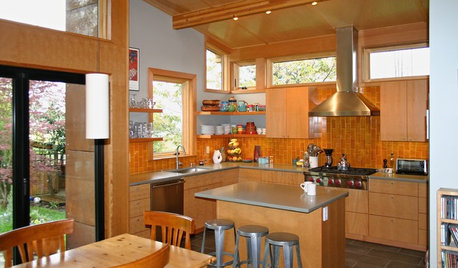
CONTRACTOR TIPS10 Things to Discuss With Your Contractor Before Work Starts
Have a meeting a week before hammers and shovels fly to make sure everyone’s on the same page
Full Story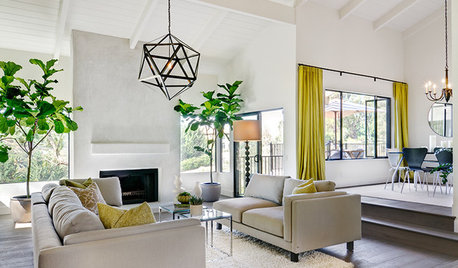
HOUZZ TOURSHouzz Tour: Modern and Traditional Tango in a Spanish-Style Ranch
From leaky and drab to revamped and fab, this Southern California home with its own orchard is more than ready for guests
Full Story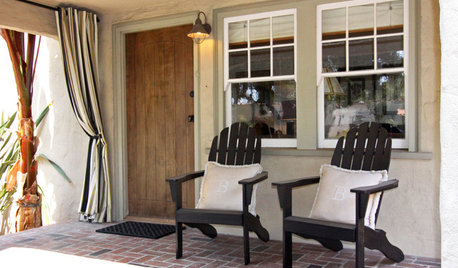
HOUZZ TOURSMy Houzz: Renovated Spanish Bungalow in Anaheim
A cozy but neglected 1924 California home near Disneyland gets a polished new look and a sleek patio
Full Story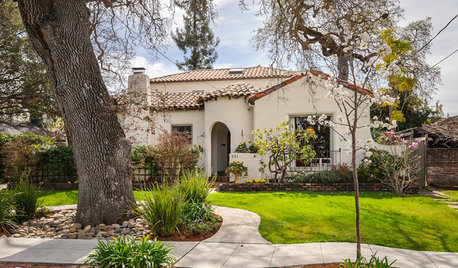
ARCHITECTURERoots of Style: Spanish Eclectic Homes Find a Place in the Sun
Flexible stucco, intricate tiles and more have kept this multicultural style going strong for a century
Full Story
GARDENING GUIDESWhat Are Your Spring Gardening Plans?
Tearing out the lawn? Planting edibles? Starting from scratch? Tell us what you plan to change in your garden this year
Full Story
GARDENING GUIDES6 Wonderfully Easy Roses for Any Gardener
Look like an expert even if you're just starting out, with these low-maintenance gems of the rose world
Full Story
HOUZZ TVHouzz TV: How to Make and Plant a Veggie Box
See how to start edibles from seed, then transfer the seedlings to a box on stilts to make harvesting more fun
Full Story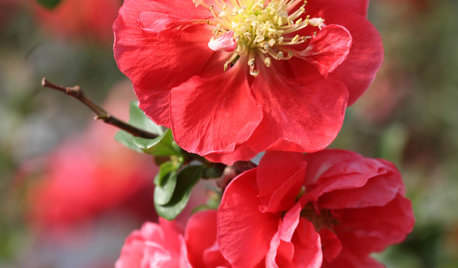
WINTER GARDENINGCalifornia Gardener's January Checklist
Winter-defying blooms and pruning saws earn a cheer, while California-focused gardening design books get a well-deserved shout-out
Full Story
GARDENING GUIDESGreat Design Plant: Anemone Canadensis Adds Pizzazz to Water’s Edges
Plant Canadian anemone along pond, lake or stream edges for a splash of white flowers in late spring
Full Story





bpgreen
theoriginalskooby
Related Professionals
Lakewood Landscape Architects & Landscape Designers · Bethlehem Landscape Contractors · Hartford Landscape Contractors · Anderson Landscape Contractors · Brookline Landscape Contractors · Canby Landscape Contractors · Estelle Landscape Contractors · Flagstaff Landscape Contractors · Indio Landscape Contractors · Pikesville Landscape Contractors · Pleasant Prairie Landscape Contractors · Fairfax Siding & Exteriors · Marion Siding & Exteriors · Paterson Siding & Exteriors · Spartanburg Siding & Exteriorsryebrye
stevation
kliddle
jeffcinsfOriginal Author
theoriginalskooby
rhymechizel
bpgreen
bindersbee